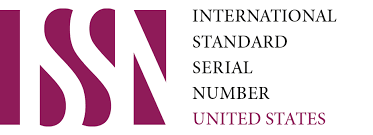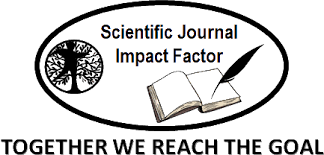Theoretical Approaches of Afghan Linguists on the Classification of Compounds and Copulative Compound Words
Keywords:
compounds, copulative compound words, reduplication, copulativeAbstract
This article is devoted to the study of the theoretical opinions of Afghan linguists regarding Pashto compounds and copulative compound words, the purist tendency, the analysis of their opinions on this topic, and the emerging problems, in particular, the problems of classification. Also, the article discusses copulative compound words, copulative phraseological combinations and free copulative phrases.
References
масалалари, –T, 2022. 336-б.
А. Маннонов, А. Қуронбеков., Ҳозирги пушту тили лексикологияси, (ў.қ) -Т., 2013. 142-б.
R.R. Sikoev, Named word formation in the modern literary language of Pashto, Author's abstract of dissertation, M., 1967. p. 3.
Dvoryankov N.A. Language of Pashto. –M., 1960. C-30.
Merganov S. Novye slova v sovremennoi literaturnogo yazyk pashtu 60-80 gg. –Dushanbe., 1995. S-86.
E. Trumpp., Grammar of the Pashto or language of the Afghan. – London, 1873. P.52.
Qazi Rahimullah Khan., Introduction to pushtu. New York. 2002. P-70.
P. Rashtin. Pashto derivations and compositions. Kabul, 2004. p. 46.
p. Real. Pashto Grammar. Peshawar, 1994. p. 71
Adjacent to Ahmad Ziar. Pashto legs. Kabul, 1973.
240-P Exfred, Ahmad Ziar. Pashto Feet Adjacent
Mojawar Ahmad Ziar, Wii Pouheneh, Kabul, 1981, p. 278.
Downloads
Published
Issue
Section
License

This work is licensed under a Creative Commons Attribution 4.0 International License.
User Rights
Under the Creative Commons Attribution-NonCommercial 4.0 International (CC-BY-NC), the author (s) and users are free to share (copy, distribute and transmit the contribution).
Rights of Authors
Authors retain the following rights:
1. Copyright and other proprietary rights relating to the article, such as patent rights,
2. the right to use the substance of the article in future works, including lectures and books,
3. the right to reproduce the article for own purposes, provided the copies are not offered for sale,
4. the right to self-archive the article.












